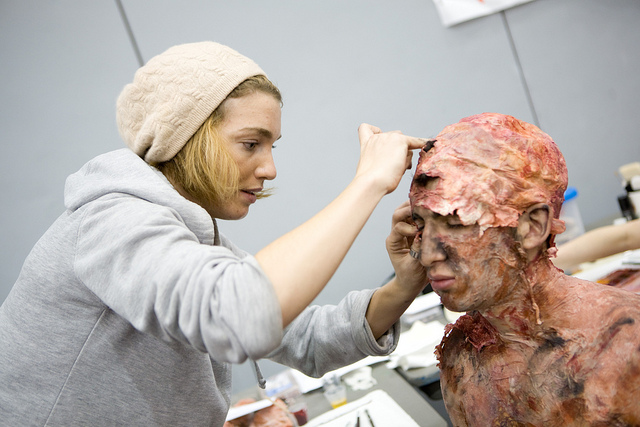Whether it’s from touching a hot stove or getting too close to a flame, most people have at one point or another experienced a burn wound. Burns can result in damage that penetrates the deepest layers of the skin, taking multiple years to heal. Despite the frequency of this injury, there are different degrees of burns that range from ones that are fairly commonplace to those that are potentially fatal.
Burn wounds are classified into three distinct categories based on the severity of the injury. First-degree burns are the least intense of the three, only affecting the outermost layer of the skin and healing well over time. Second-degree burns penetrate the lower layers of skin, often resulting in inflammation and blisters. Third-degree burns, the most intense of the three, damage both the skin and layers of connective tissue. These wounds require immediate medical attention and may require reconstructive surgery.
Image Source: Plougmann
First- and second-degree burns can be handled by applying a cool compress and covering the area of injury. Antibiotics or painkillers such as Advil, Tylenol, or Aleve can also be prescribed if necessary. Third-degree wounds, however, may require skin reconstruction along with the administration of IV-drip antibiotics.
The most common types of burns result from overexposure to sunlight, chemicals, and hot objects. Although these burns occur often, new research has shown that none of these injuries should be taken lightly. Scientists from Swiss Federal Laboratories for Materials Science and Technology (EMPA) recently conducted a thorough investigation on the extent of the damage of steam burns. Using pig skin, they simulated a steam burn and found that compared to other thermal burns, steam burns affected lower layers of skin, resulting in unnoticed internal damage.
Understanding more about how to care for and identify different burn wounds can allow for individuals to treat or seek assistance as soon as possible. Waiting for an extended duration of time can lead to wounds that, despite appearing superficial, may result in long-term or permanent damage to the lower layers of skin and tissue.
Featured Image Source: Makeup Design Disaster Exercise by Vancouver Film School










